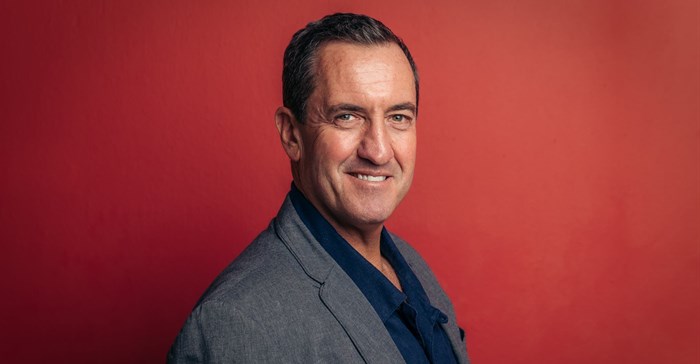
Autopilot streamlines business processes that usually require a team to follow up and chase after information and, after integrating into Microsoft Teams, it quickly gained popularity with third party automation systems developers.
Earlier this year Autopilot gained the highest recognition of ‘excellence in partnering’ from the International Association of Microsoft Channel Partners - being awarded one of two finalist positions at the 2023 IAMCP Partner-to-Partner (P2P) Awards for the EMEA region.
Thank you. Yes, we started assisting clients to handle the document management. And then the obvious, the next step was to do automation, and workflows, and so on. So, we found we were custom developing the workflows on top of SharePoint at that time, and this is in 2014 and it was costing the client a lot of money and just taking a lot of time. Back then we were having to start from scratch every time. So, we did our research and saw there weren't that many products in those days that did this sort of thing. We decided to build autopilot in 2014 and we luckily caught on with early adopters into the Microsoft Azure space.
The beauty of us and the beauty of Microsoft is that clients don't need to be on the Microsoft platform. We offer a one stop shop, so clients can be with whichever provider they want, and we can still provide the service. We are hosted in Azure, but that doesn't affect any of the clients that are not on that platform. But obviously the huge advantage has been for the Microsoft clients is that we then integrate into Outlook and, more recently, into Teams.
There is some overlap, but there's obviously some advantages to Autopilot as well. But we’re enhancing the product by integrating directly into the Power Platform. So just to make it even more powerful for the end users.
From the business point of view, what we would have changed is spend a lot more money on marketing and less money on tech. We spent years building the solution to make sure that it was perfect, as opposed to letting enough people know about it. I started my first company in 2001 selling services, and then the jump between selling services and getting paid your R1,000 an hour for product has been a bigger jump than we certainly thought, and it's only just coming right now after seven years of doing it. On the automation side, I don't think we would have done much differently. People are looking for a solid solution. Remember, we’re often replacing email or replacing paper-based documents. It's solid and honest. There are a lot of bells and whistles, but at the end of the day we are moving tasks between people and getting approvals done, with audit trail sets. We don't like to complicate that side of things.
We might replace job roles, but I don't think we replace actual jobs. I take the frustration out of people's jobs and allow them to concentrate on something of more value that they can be more creative with, and use their brains more with, as opposed to having to walk around with a piece of paper to get something signed or email someone 10 times to approve an application, when you just take the hassle out of that. We managed to reduce the number of days that one client took to onboard new customers – from 10 days down to two days. So, we are improving their lives and making sure they can get more money in their product in those extra eight days than they would have been waiting to open an account.
I don't think the South Africa side makes a difference. They've been incredibly stringent. I'm laughing about it now, but we worked very hard and we had a lot of revisions when building the Teams integration. They’re constantly doing tests, checking that our security is in place, checking that the usability is in place, checking that there's no broken links. So it definitely comes at a price, but it is worth it for the customer experience.
We've never had external funding in the business. We bootstrapped the business from our previous company, Pilotfish Digital. We earned funds from there in order to build Autopilot and our first route to market was expecting clients to build the processes themselves, because that's what our market research told us. What our clients told us was that they didn’t want to do it themselves. So, from that experience I think the next step is to keep refining our product and making it better for the customer.
